
(CHINA AND RUSSIA ARE HUSTLING TO EXERT INFLUENCE GLOBALLY)
June 21, 2024
Hello everyone,
Tensions have been rising in the South China Sea. Clashes between Philippines vessels and Chinese ships have been increasing over recent months. Most recently, several Philippine workers were injured, and one lost his thumb. The Chinese military build-up in the area is increasing as China continues to flex its muscles in the area. These types of incidents are a growing problem for the world.
Second Thomas Shoal is the most dangerous flashpoint today between the U.S. and China. The Shoal is part of the many reefs and shoals in the Spratly Islands which are much closer to the Philippines in the South China Sea.
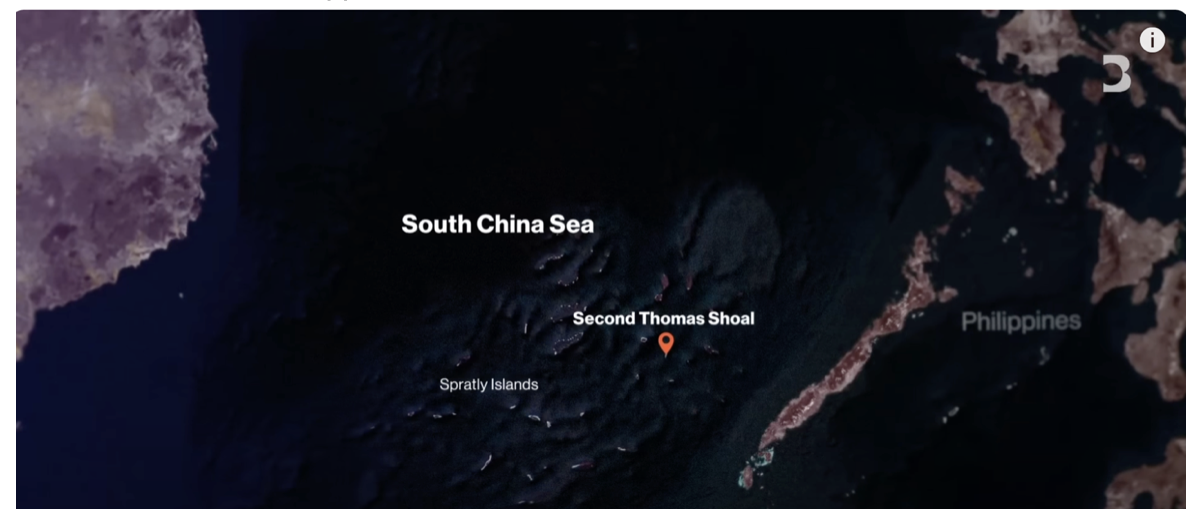

The skirmishes that keep happening can be interpreted as a crisis waiting to ignite.
China and the Philippines have been in conflict over control of these waters for decades. But in the past years, tensions are close to the highest they have been.
There have been many reports of clashes and water cannoning against Philippine boats.
The waterway encompasses 1.4 million square miles, larger than the Mediterranean. Much of the sea is disputed. China, Vietnam, Malaysia, Brunei, the Philippines, and Taiwan all claim specific land features.

It is a thriving fishing zone yielding some 10% of the global fishing catch and a vast amount of trade transits through. In 2016, that amounted to some $3 trillion, including more than 30% of the global maritime crude oil trade.
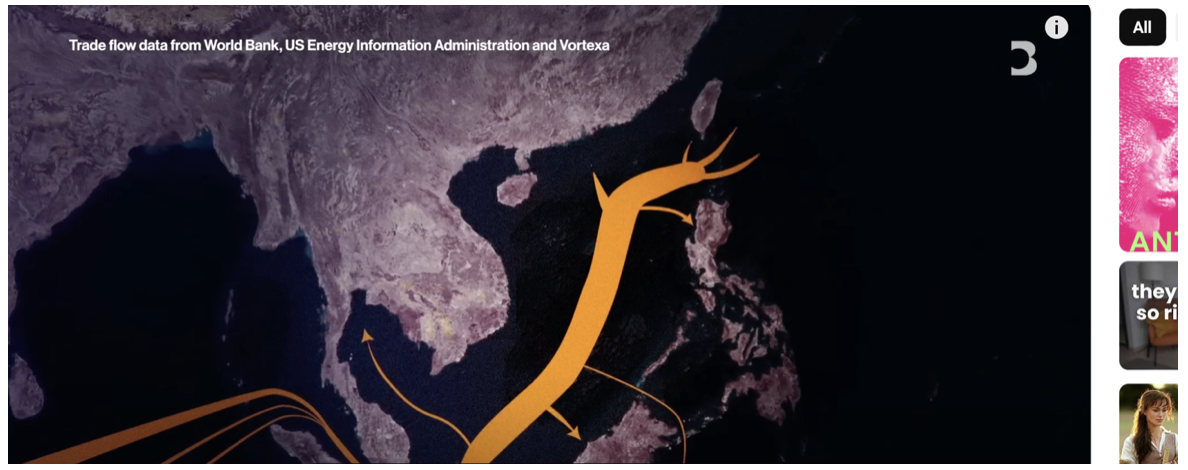
It also holds promising oil and gas deposits which each nation in the area would like to get their hands on in the coming years.
China claims the biggest patch of the South China Sea making it difficult for the Philippines to tap into their reserves.
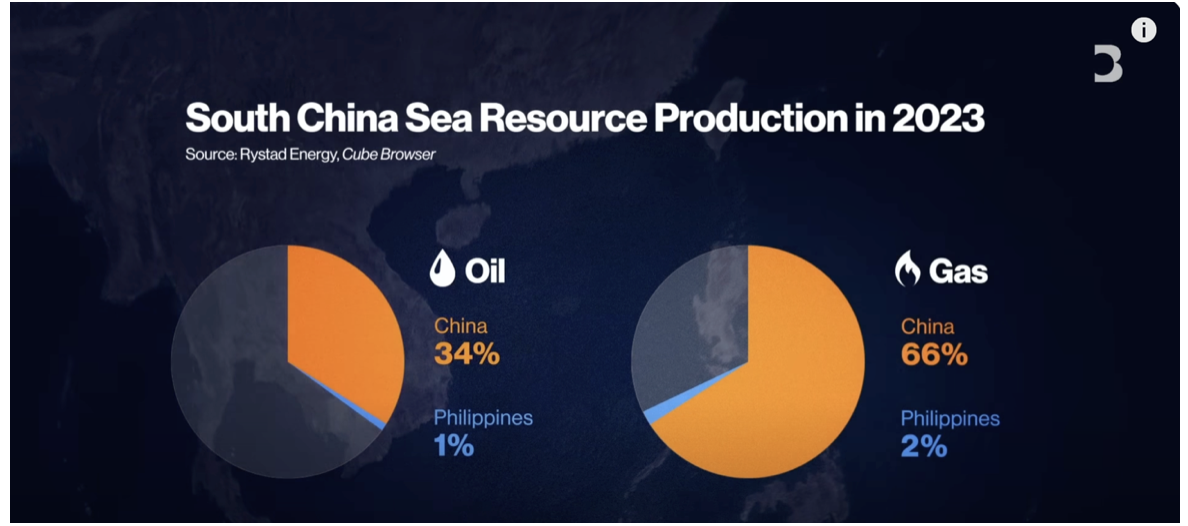
In 2016, a UN-backed court ruled that China’s claim of historic rights was unlawful and the Philippines has the sovereign right to extract resources like fish and oil. The problem is that the Philippines does not have the military capacity to enforce these rights.
It is important to note that these waters are not just about fishing and oil, but rather they hold military and strategic value for all the area’s claimants and crucially, the U.S.
Maintaining freedom of navigation is a global interest for the U.S. and it is important in the South China Sea.
The U.S. also has other interests here. Upholding the international law of protecting the ability of countries to really exercise sovereignty.
China wants to assert its sovereignty and deny US military access to the region.
Over the last decade, China has been building military bases in the area. The establishment of airstrips, of listening posts, of refueling stations have been well documented; this enables China to send its vessels to those islands and be able to better control much of the greater South China Sea. Today, China operates Navy ships, Coast Guard vessels, maritime, and militia 24/7 around virtually every feature that is disputed.
The U.S. and the Philippines have a mutual defense treaty dating back to 1951, and the circumstances that may trigger US involvement have become clearer recently.
Southeast Asian leaders are anxious over the prospect of war between the U.S. and China, whether it be over Taiwan or in the South China Sea.
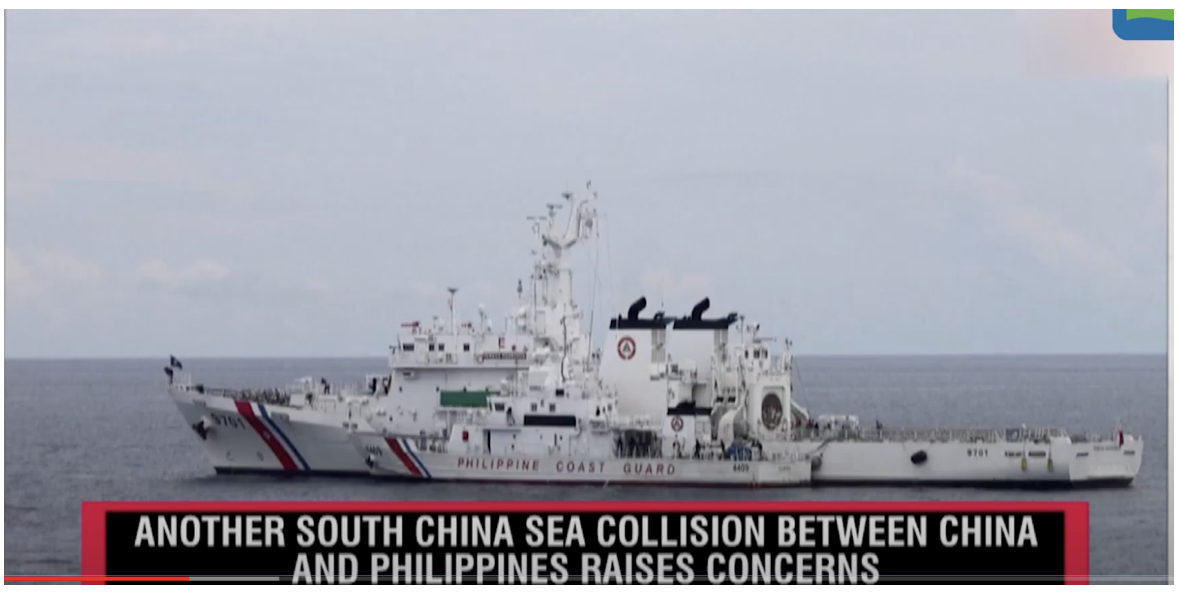
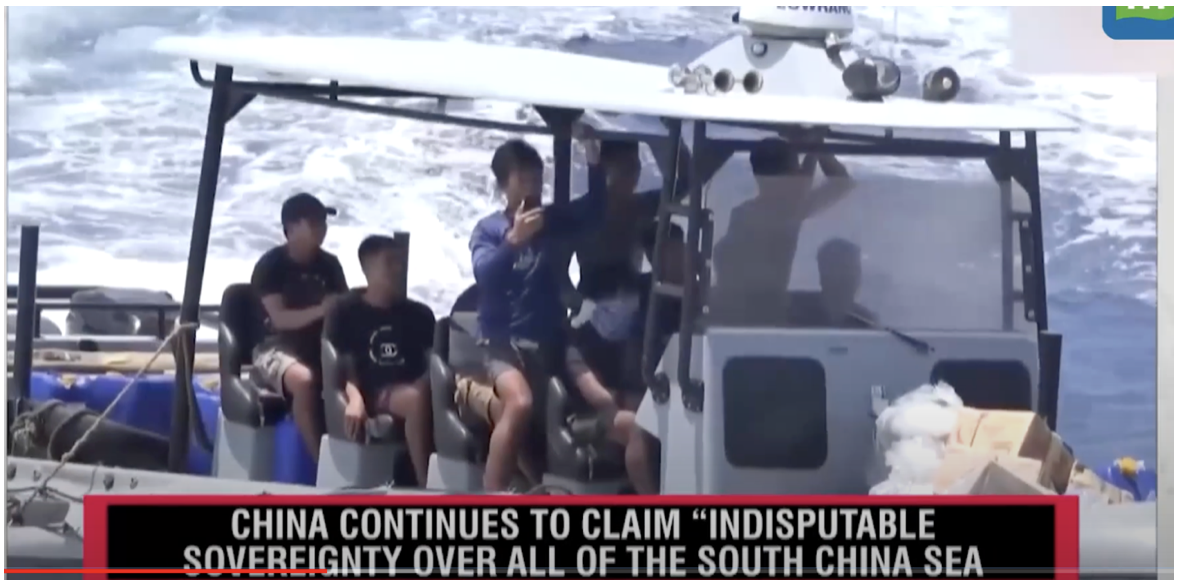
A Significant Move by Putin
Russia and North Korean leaders have pledged military cooperation as part of a strategic treaty signed in Pyongyang during Putin’s first visit to the nation in 24 years. The treaty, signed this week, could strengthen Russia’s efforts in Ukraine, give North Korea the freedom to bolster its nuclear weapons program, and potentially lead to a war on the Korean peninsula that could dramatically impact world security.
The two countries have been allies since North Korea’s founding after World War II and have drawn even closer since Russia’s invasion of Ukraine.
Malcolm Davis, senior analyst at the Australian Strategic Policy Institute (ASPI) argues that these two countries are coming closer together as part of this axis of authoritarianism that includes China and Iran as well. Davis sees it as a “significant development” and one that has a substantive impact, thereby increasing the risk of a crisis that has the potential of turning into something much larger.
Davis said the military cooperation dimension of the agreement was “really worrying” because it implied that assistance would increase, and Putin may intend to escalate the war in Ukraine. Davis went on to say that it would certainly imply that North Korea is going to step up its production of munitions to supply to Russia and could provide additional ballistic capabilities, and this assistance would go through China.
If Russia grows stronger over time and if Western military support for Ukraine begins to edge off over the course of 2024, particularly if Donald Trump is elected in November, then it places Ukraine in a really bad situation in 2025. Trump has threatened to cut US aid to Ukraine quickly if re-elected.
Davis points out that if Russia provides more advanced military capabilities to North Korea, this increases its threat to South Korea, which could escalate into something much larger that could also threaten Japan and the United States.
Ray Dalio comments on the Changing World Order
Ray Dalio has recently commented on the geopolitical situation in the world and the jostling by countries to engineer authority and power.
I will quote Dalio from a recent article he posted.
Preparing for War: You can see the sides lining up for a fight both domestically (between the hard rights and the hard lefts in most countries) and the allied powers (the United States, the NATO countries, Japan, Australia, and the Philippines) and the axis powers (China, Russia, North Korea, Iran) in a manner that is similar to what happened prior to World Wars I and II.
The great power conflict between these major powers that are in or entering into alliances is intertwined with regional conflicts that are defining other countries (e.g. Israel, Saudi, Jordan, Hezbollah, Turkey, India, Pakistan, etc.) alignments with the great powers and with their neighbor countries in their region. This will likely lead to bigger conflicts (between the hard right and hard left within countries and between allied and axis powers internationally) in the next year or two.
If you want to learn more, read Dalio’s book, Principles for Navigating the Changing World Order
Review of some Stocks
I’m going to review a few stocks here. The stocks include GLD, OXY, CVX, PSX, XOM, and DIS. I have particularly focused on the energy sector as it has underperformed and is now undervalued.
GLD is setting up nicely for another bullish run. If you don’t own the stock start scaling in now.
I am also recommending LEAPS on GLD. You could look at June 2026, 250/260, LEAPS, or go with in-the-money LEAPS.
The SPDR Gold Shares ETF (GLD) tracks the price of gold bullion in the over-the-counter ((OTC) market.
There are a variety of factors that will drive the gold price higher, including rising geopolitical tensions, interest rate cuts, and central bank buying of gold, among other factors. I am expecting the gold price to keep rising for the next few years at least.
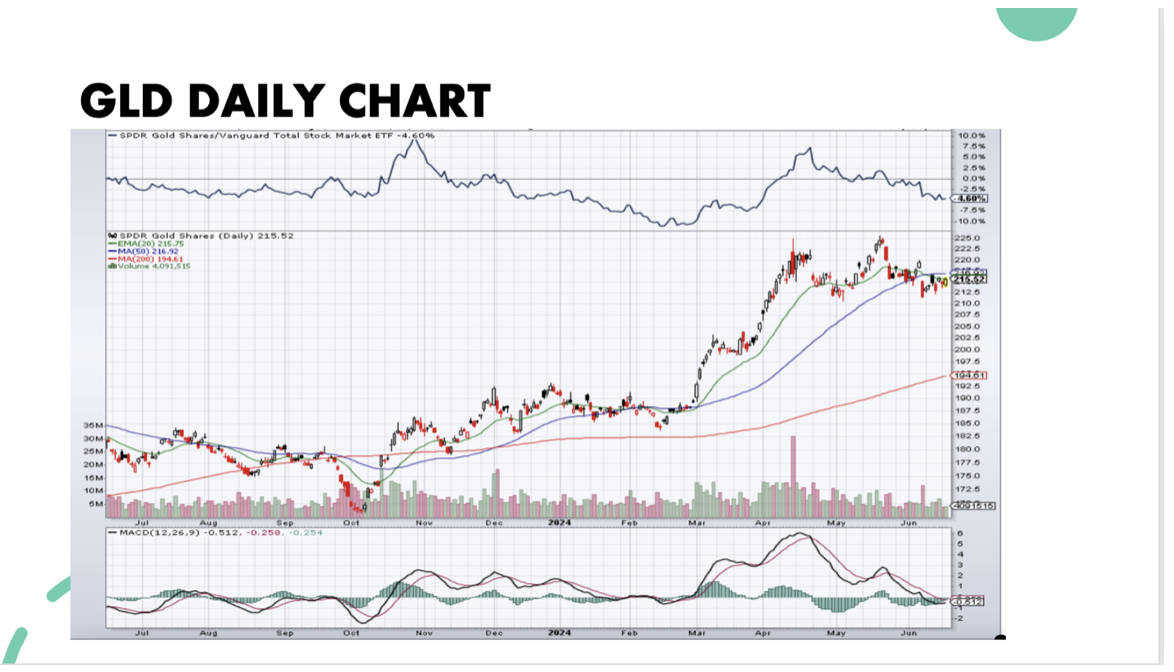
XLE Energy Select SPDR Fund - Stock Price: $88.64 as of 06/18
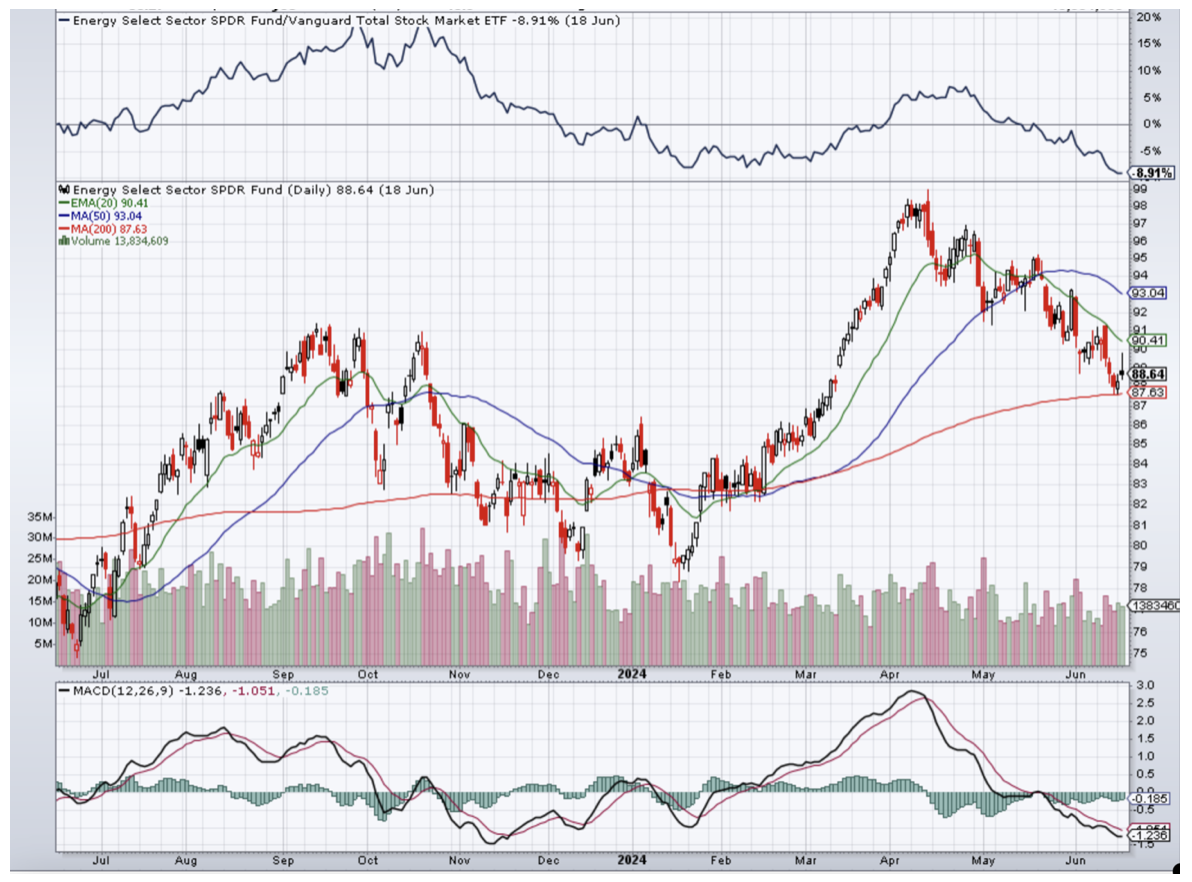
The energy sector has underperformed the broader market this year. All the energy stocks shown here, including the (XLE) energy ETF, are sitting on their 200-day moving average.
Oil giant, Chevron is currently trading at a forward P/E ratio below its 5-year average, indicating potential growth ahead. As I have detailed in a previous post, Chevron is battling against Exxon Mobil over offshore oil assets in Guyana. The company also acquired Hess for $53 billion earlier in 2024. Year to date, Chevron shares are up just 2.8%.
There are three key trends driving the energy sector: decarbonisation, decentralisation, and digitalization. These not only influence the way we generate energy but also how we use and distribute it.
Crude oil prices are being driven by tight supply, increasing geopolitical risk, and strengthening global demand for energy, and are likely to remain elevated in 2024. In addition, continued investment in energy production will support growth in energy stocks.
If you do not have any energy stocks in your portfolio, I suggest you either scale into one of the energy stocks or buy LEAPS. In the money is more conservative whereas out of the money is more aggressive.
Chevron Daily Chart (CVX) - Stock Price: $153.33 as of 06/18
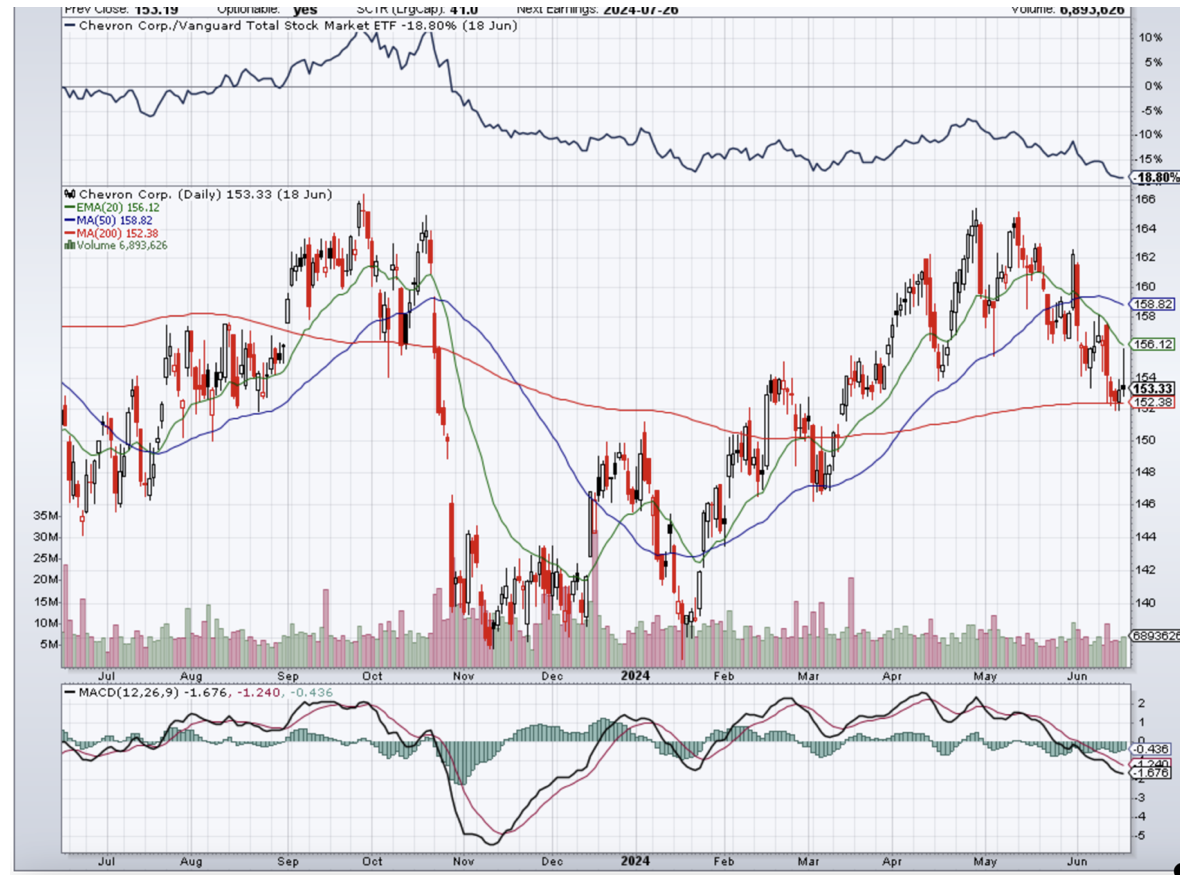
We are still holding the CVX January 17, 2025, $165/$170 out of the money LEAPS if you took this trade, HOLD.
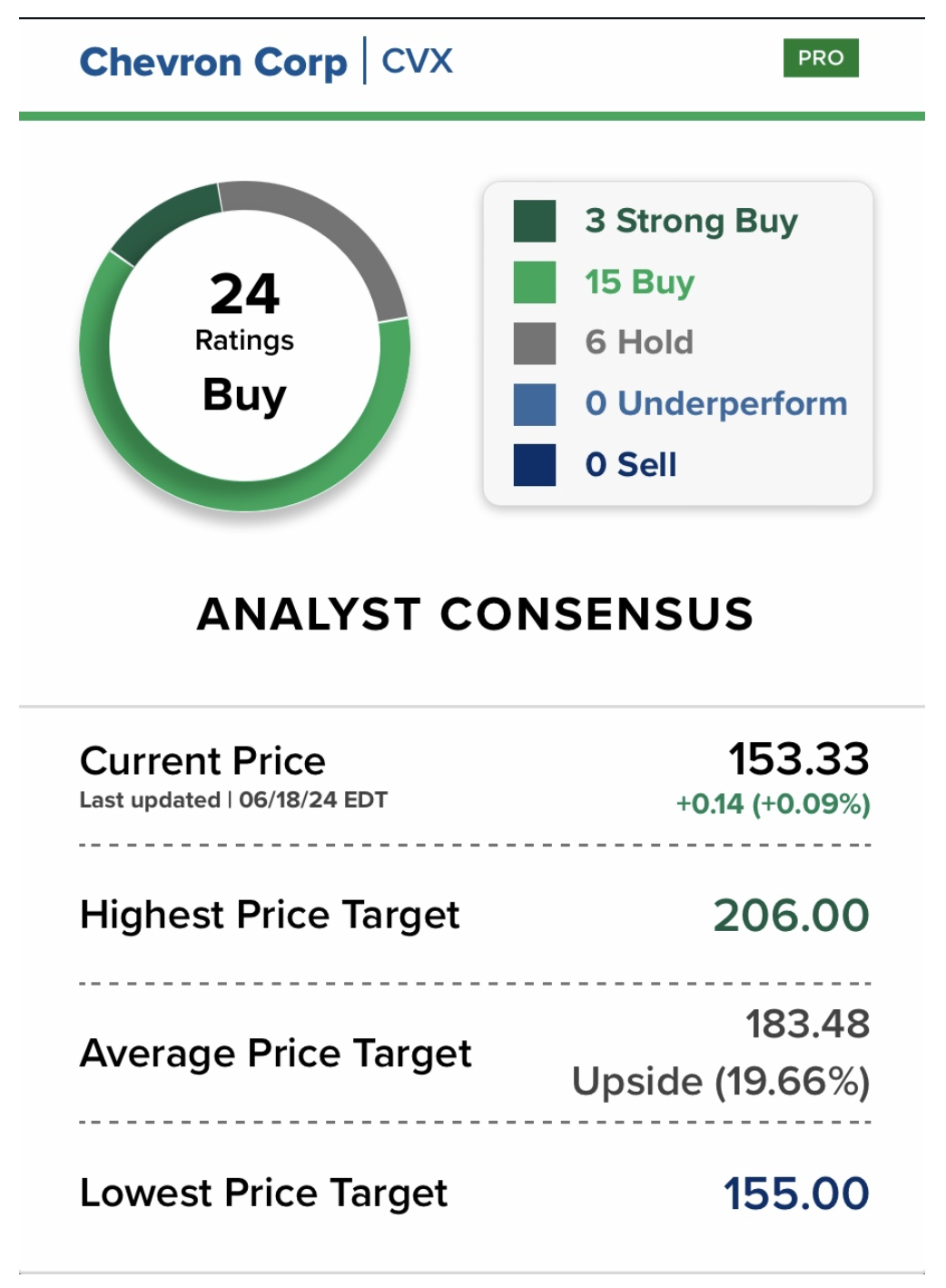
Exxon Mobil (XOM) - Stock Price: $109.38 as of 06/18
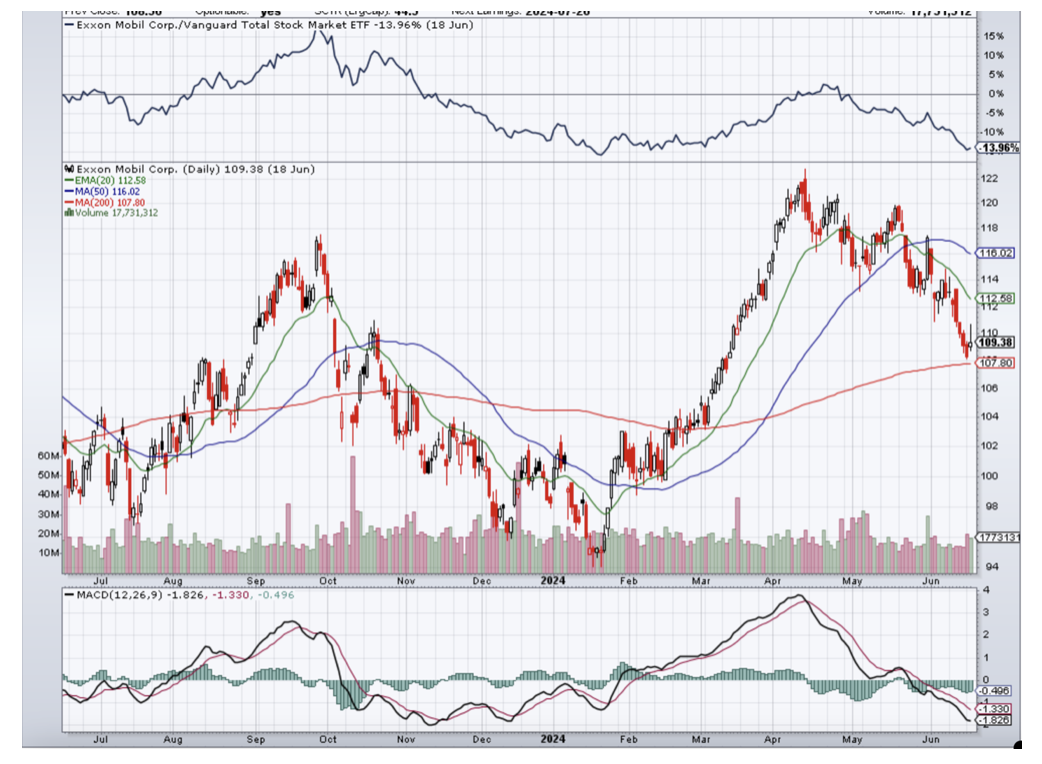
On February 7, 2024, I recommended January 17, 2025, 105/110 out of the money LEAPS. The stock price was then $102.20. Continue to HOLD.
Occidental Petroleum (OXY) - Stock Price: $61.26 as of 06/18
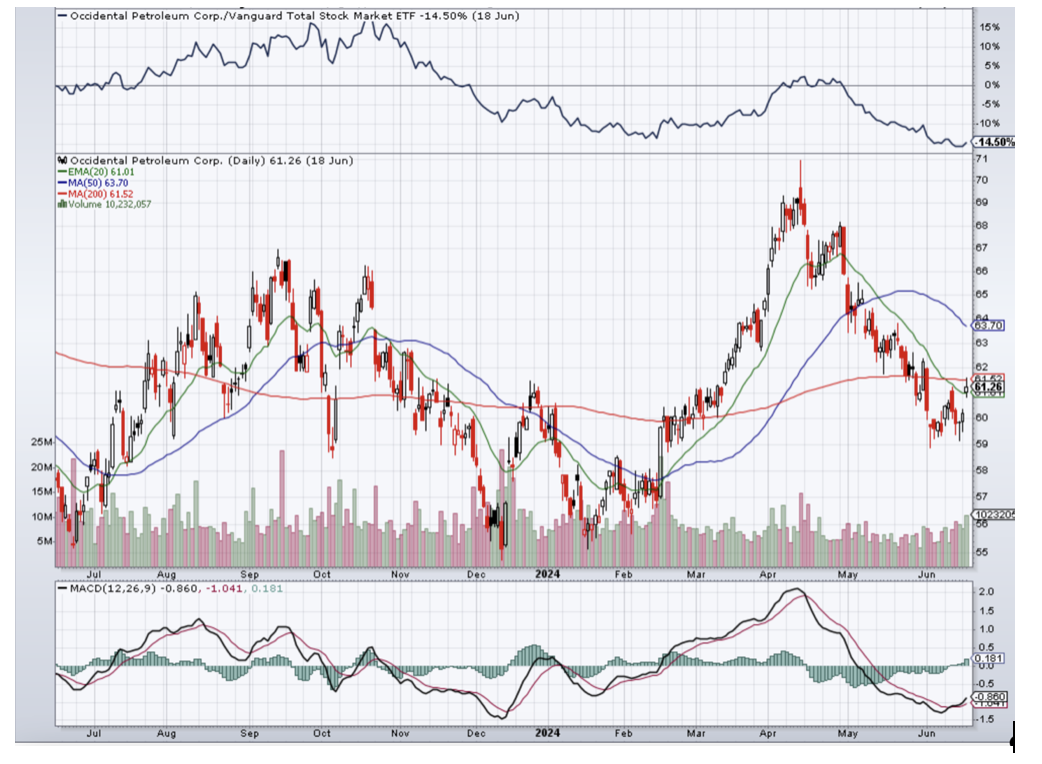
Warren Buffett has been scaling into (OXY) all the way down to the recent lows. It’s a great buy here, or you could buy in the money LEAPS.
Phillips 66 Daily Chart (PSX) - Stock Price: $135.85 as of 06/18
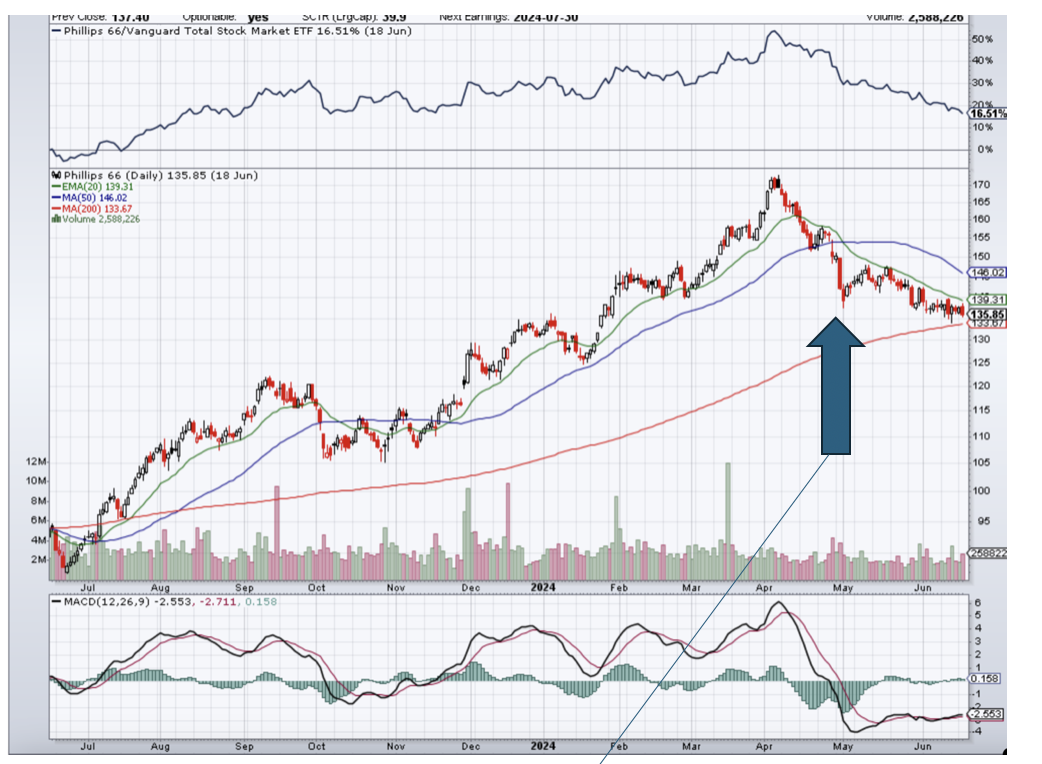
Recommended on April 30, 2024 (monthly zoom meeting). Now I am recommending the stock again as a buy or a LEAPS trade.
Walt Disney Daily Chart - Stock Price: $101.52 as of 06/18
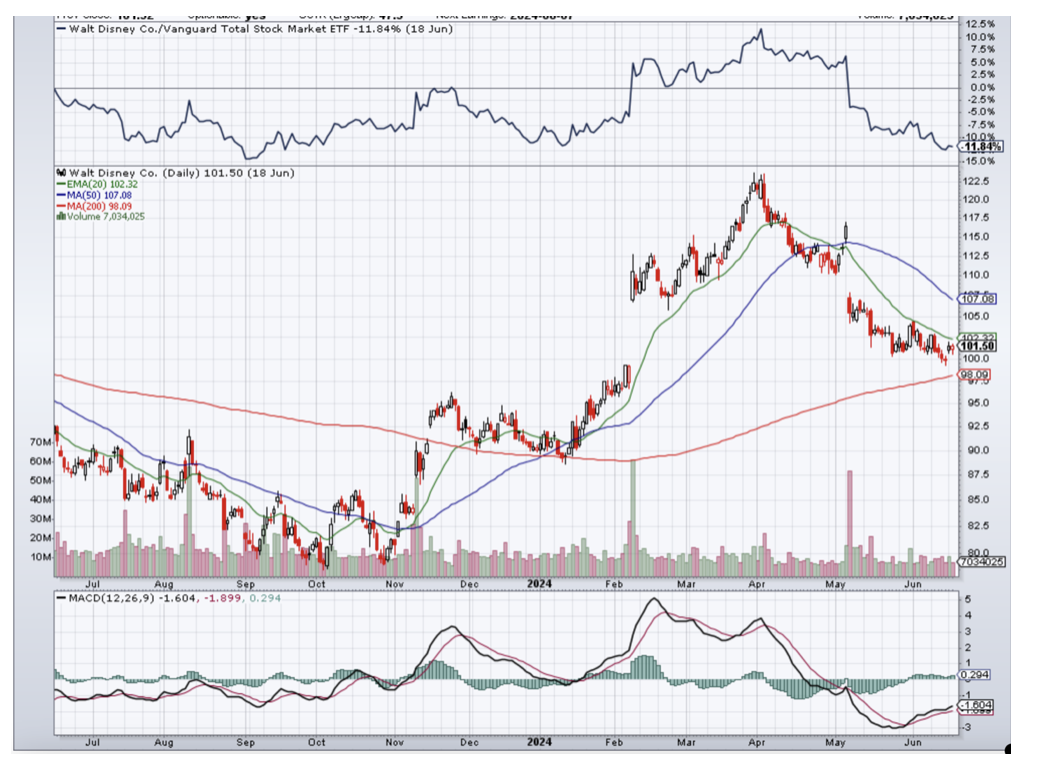
Disney is a favourite amongst Wall Street analysts going into the second half of the year. According to the stock’s consensus price target, shares could rally nearly 25% in the next 12 months. Disney parks still show a healthy demand trend, and around three-quarters of analysts covering the stock have a strong buy or buy rating. I am favouring an option over a buy on this stock. That healthy demand trend over the long term can change, so I would prefer to dip my toe in via an option trade.
Suggestion:
June 20, 2025, 105/110 bull call LEAPS, but you could also do an in-the-money LEAPS trade as an alternative.
QI CORNER
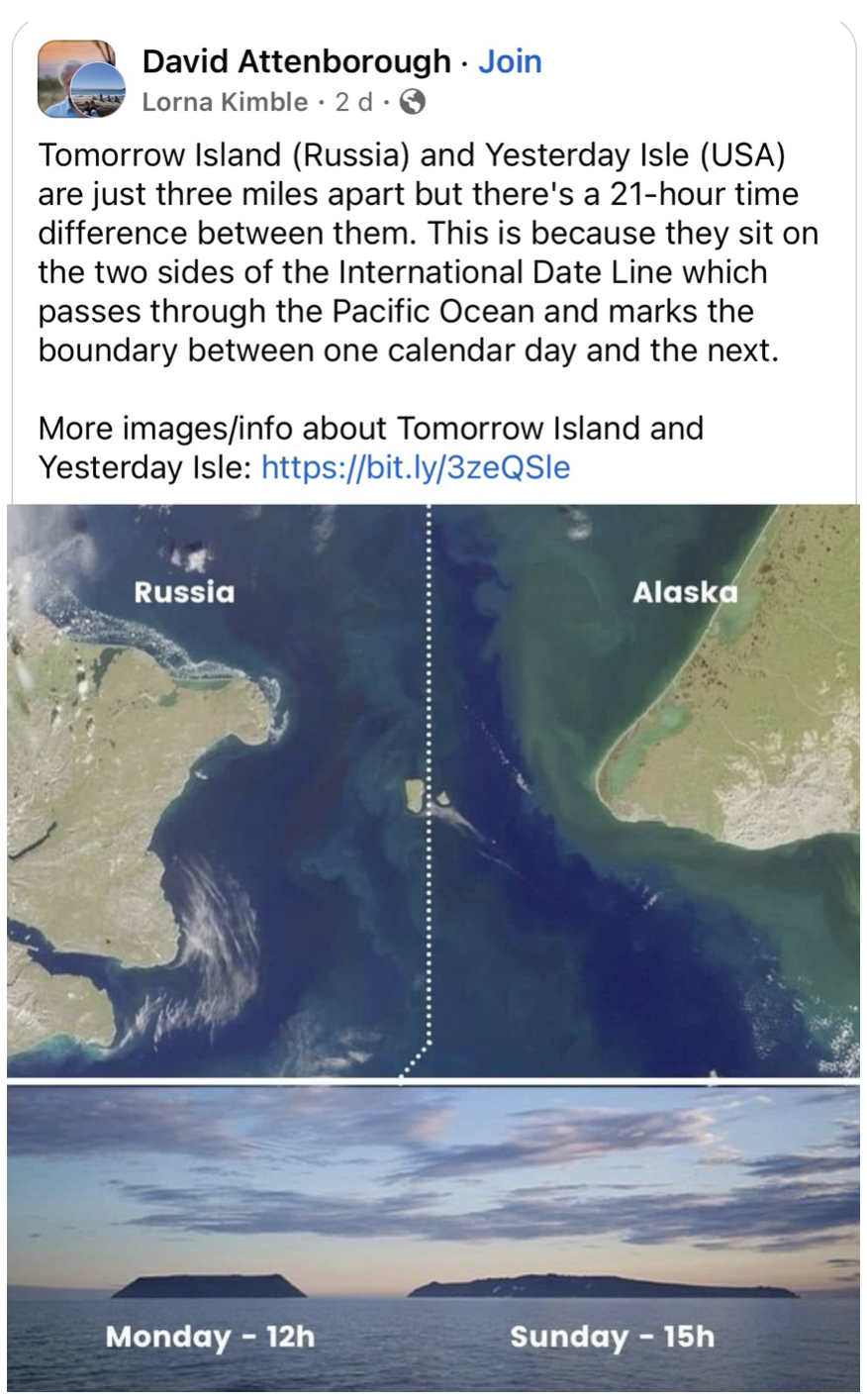
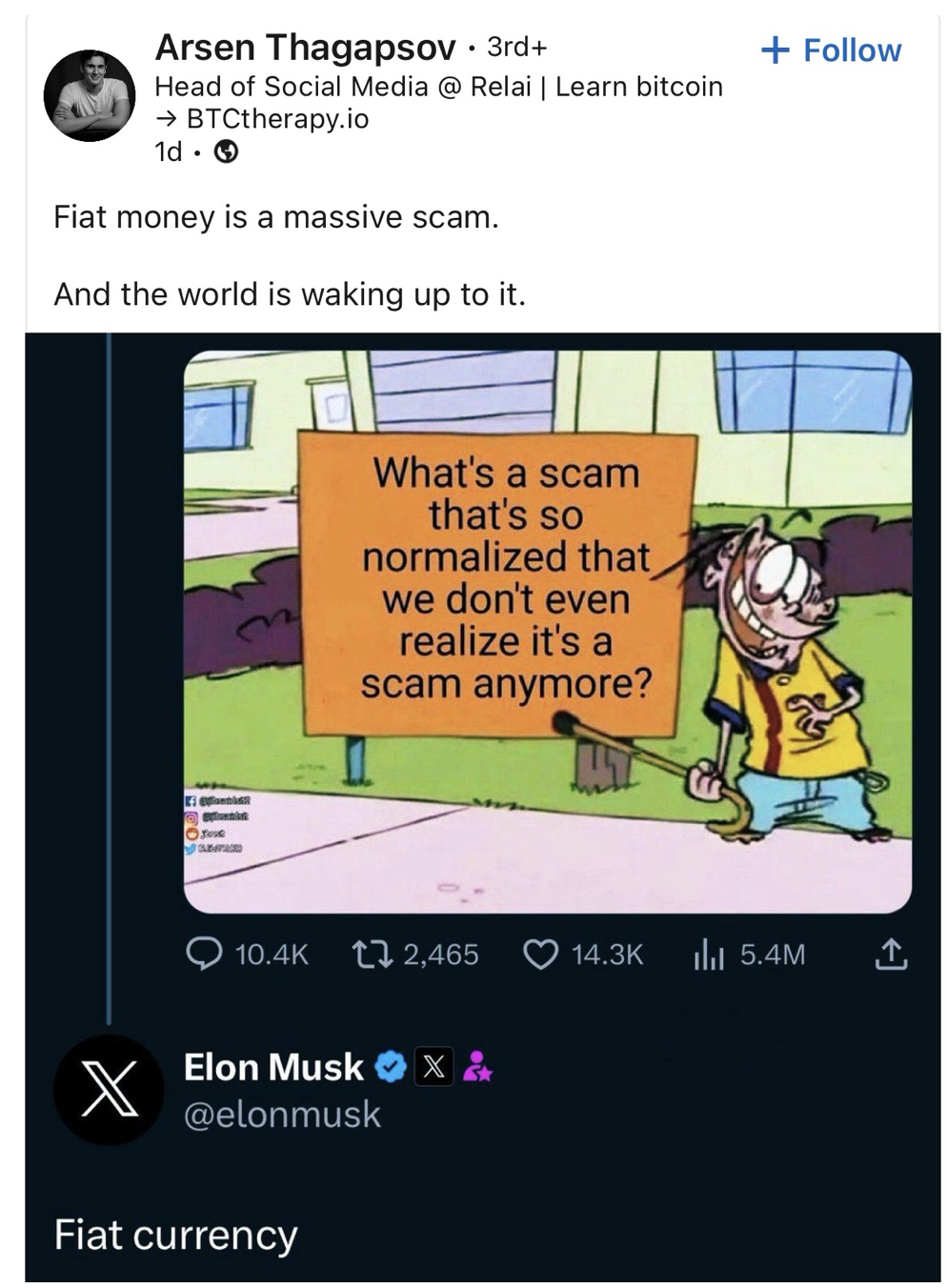

Cheers.
Jacquie

